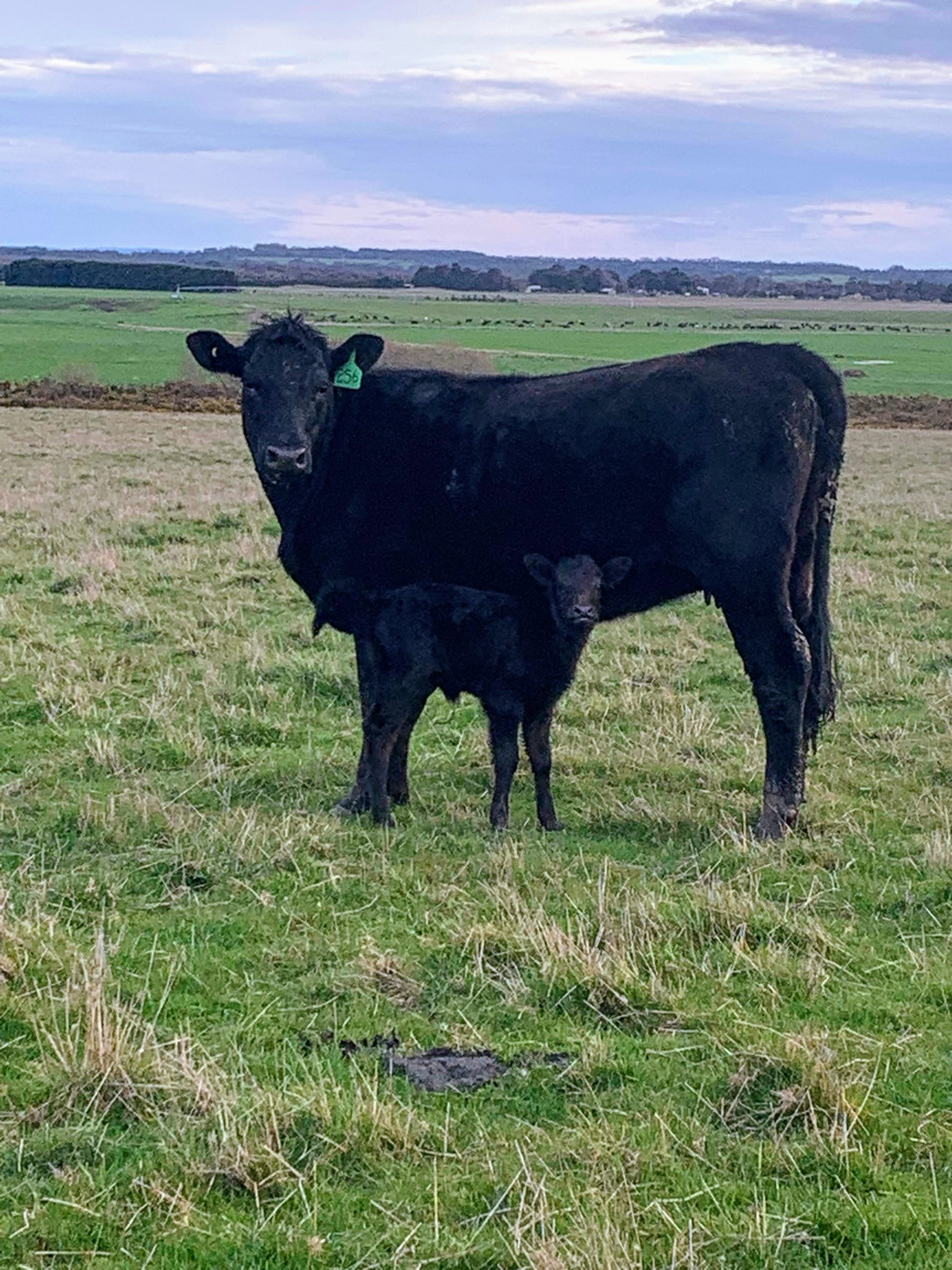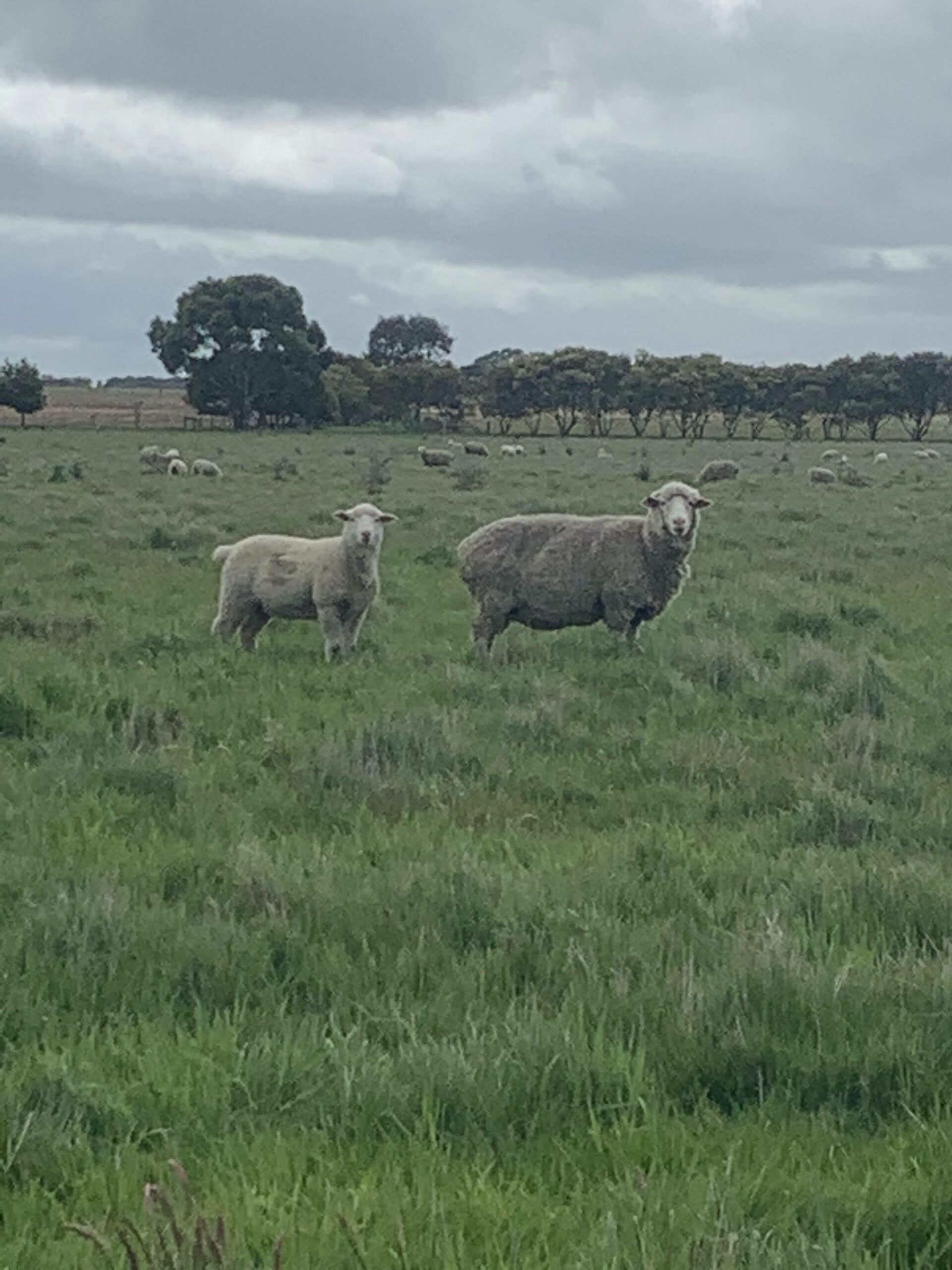Farm & Garden
Today, Ingleby is a working sheep and cattle farm on 513 hectares. The farm has picturesque views of the Otways and more than five kilometres of frontage along the Barwon River.
Owner, Georgie Thomson, manages the farming operations and is ably assisted by her family, a part-time employee and local contractors. Georgie is keen to improve the productivity of the farm and the breeding potential of Ingleby’s livestock.
Genetics for her self-replacing merino and first-cross ewe flock are sourced from renowned studs, and second-cross lambs are sold over the hooks or through the sale yards. Angus heifers are sourced and joined to local Murdeduke Angus and Whiteline Speckle Park bulls, and either traded in calf or retained for her own breeding herd. The cattle and sheep enterprises complement each other within a rotational grazing system.
A pasture improvement plan is also underway, with 60 hectares being converted to perennial pastures each year with regular applications of lime and fertiliser. More than 1,000 native trees will also be planted each year to create new shelter belts for livestock. Species include River Red Gums, Swamp Gums, Cup Gums, Manna Gums and Red Flowering Gums; all from the Eucalypt family.






Garden
The garden is an integral part of Ingleby.
Much like the buildings, it too has changed over the years and has endured periods of neglect and others of great care. While the original garden plans are not fully known, Georgie has set about preserving the original trees and shrubs, and is planting species that were known to have been in the original garden.
A recent discovery uncovered under fallen pines and box thorn was a bluestone water reservoir akin to William Guilfoyle’s Volcano built in Melbourne’s Royal Botanic Gardens in 1876. It was used to store water for the garden and was inspired by tropical landscapes he had seen on his travels.

Further down towards the bank of the Barwon River lies the orchard. The 160-year-old mulberry, apple, fig, and quince trees were recently rediscovered under masses of blackberries. The importance of the orchard to life at Ingleby is not lost and it is easy to imagine fruit harvest in a bygone era; juicy fruit plucked from the tress as a treat or for jams, apple pies and quine and fig pastes.
Birds are also abundant in the garden. Volunteers from bird conservation charity, BirdLife Australia, survey the garden and orchard four times a year. On last count, there were more than 22 bird species found including the Long-billed Corella, White-plumed Honeyeater, Red Wattlebird and the Yellow-rumped Thornbill.
